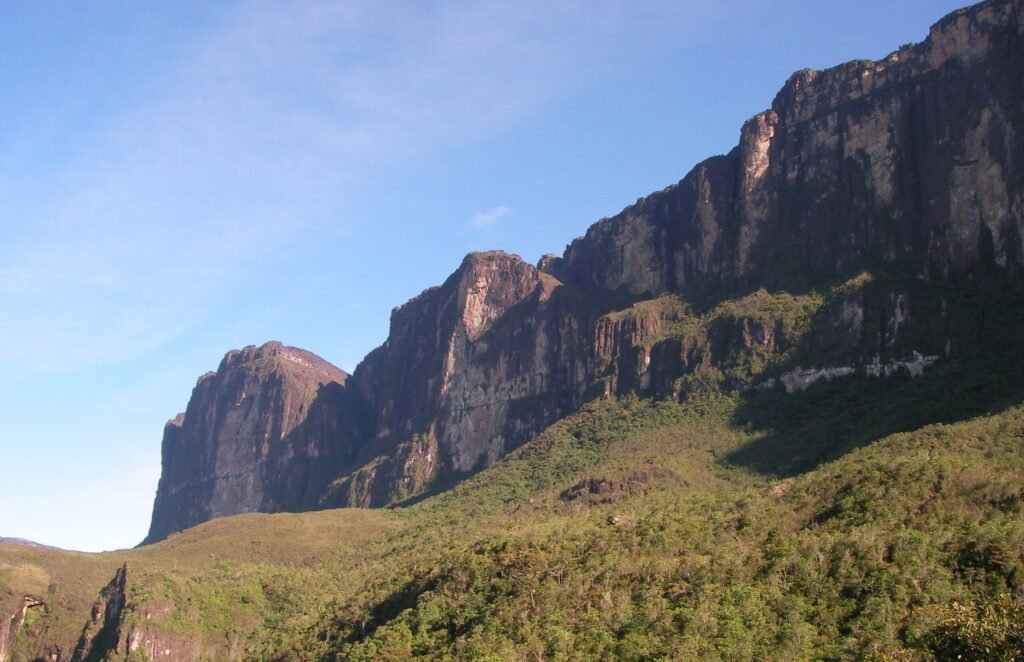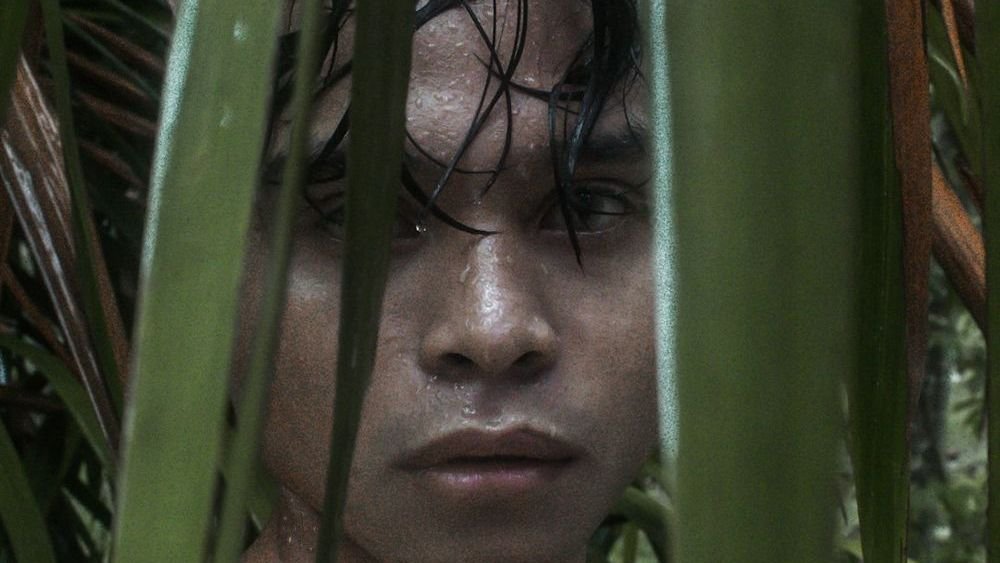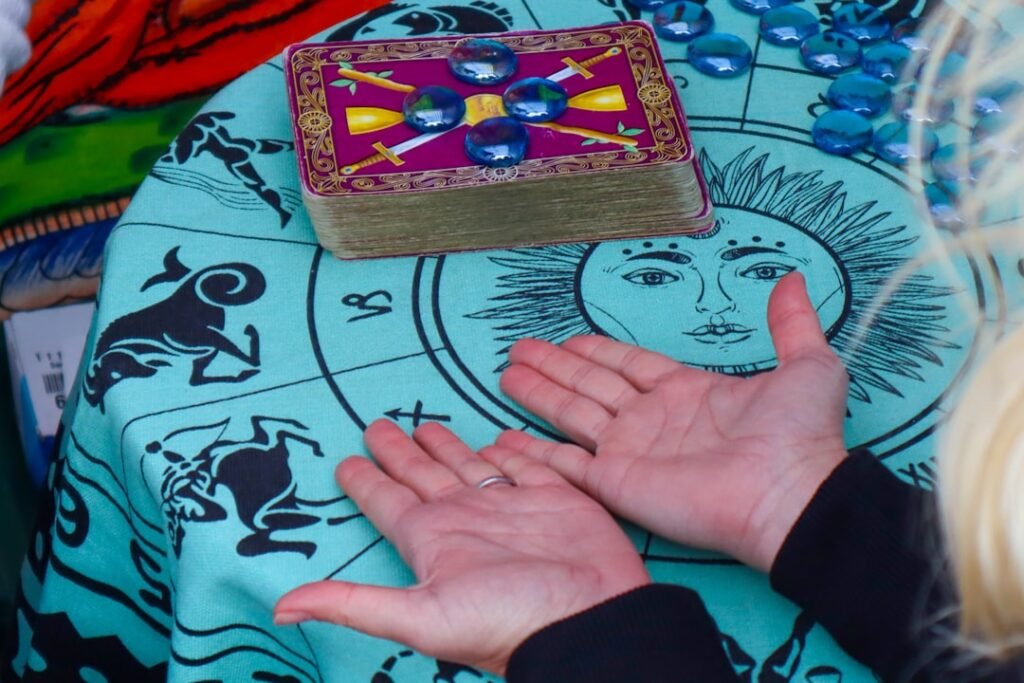Picture a place so mysterious, so ancient, that it seems pulled straight from the pages of a fantasy novel. Now imagine this place is real—a towering, flat-topped giant rising from mist-shrouded forests, its summit lost in clouds and legend. Mount Roraima isn’t just a mountain; it’s the heart of a story that’s both ancient and ever new, a living inspiration for adventure tales like Sir Arthur Conan Doyle’s “The Lost World.” With its sheer cliffs, unique ecosystems, and almost otherworldly beauty, Mount Roraima stirs the soul and challenges the imagination—inviting us to rediscover wonder in the wild corners of our planet.
The Legendary Tabletop: What Makes Mount Roraima Unique?
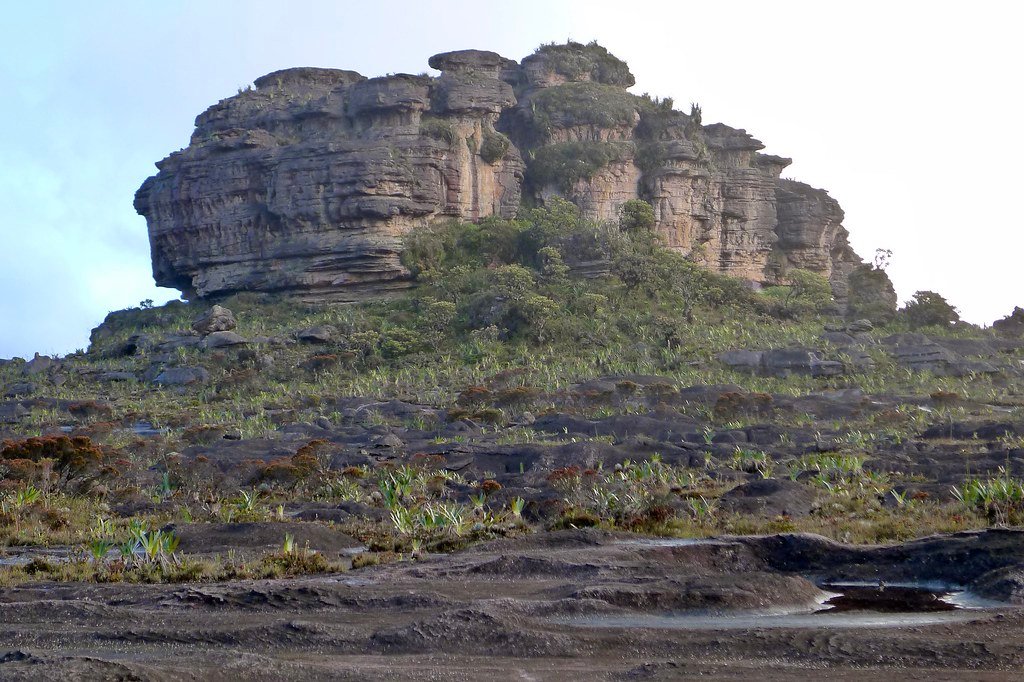
Mount Roraima isn’t your typical mountain. Instead of a jagged peak, it boasts a massive, pancake-flat summit that stretches over 30 square kilometers. Perched at the intersection of Venezuela, Brazil, and Guyana, its 400-meter-high cliffs fall almost vertically, forming a natural fortress. This flat-topped structure is known as a “tepui”—a word from the Indigenous Pemon people meaning “house of the gods.” The staggering size and shape of Roraima set it apart from most mountains on Earth, and its isolation creates a sense of mystery and allure that’s hard to resist.
A Geological Time Capsule: The Age and Formation of Mount Roraima
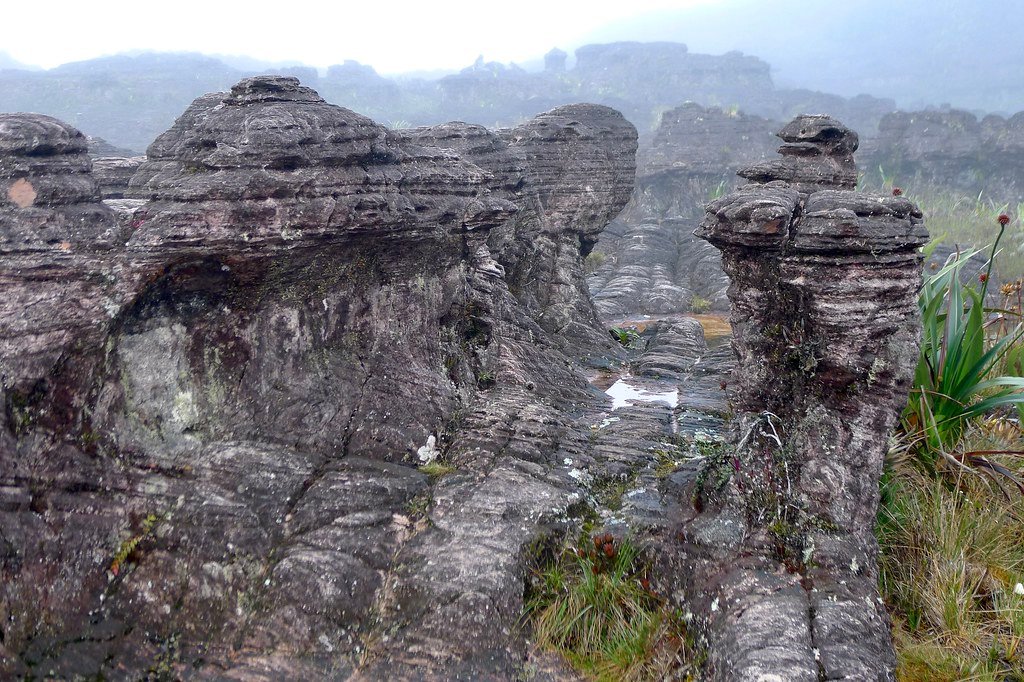
Mount Roraima’s rocks are among the oldest on the planet, dating back two billion years to the Precambrian era. Imagine that—these stones were here before the dinosaurs! The formation began when ancient sands settled at the bottom of a primordial sea, compressing over millennia to form quartzite and sandstone. Over time, powerful tectonic forces thrust this region upward, and relentless erosion sculpted the dramatic cliffs and plateaus we see today. It’s like stepping onto a time machine, where every stone whispers stories from Earth’s earliest days.
The Role of Erosion: How Nature Chiseled a Flat-Topped Wonder
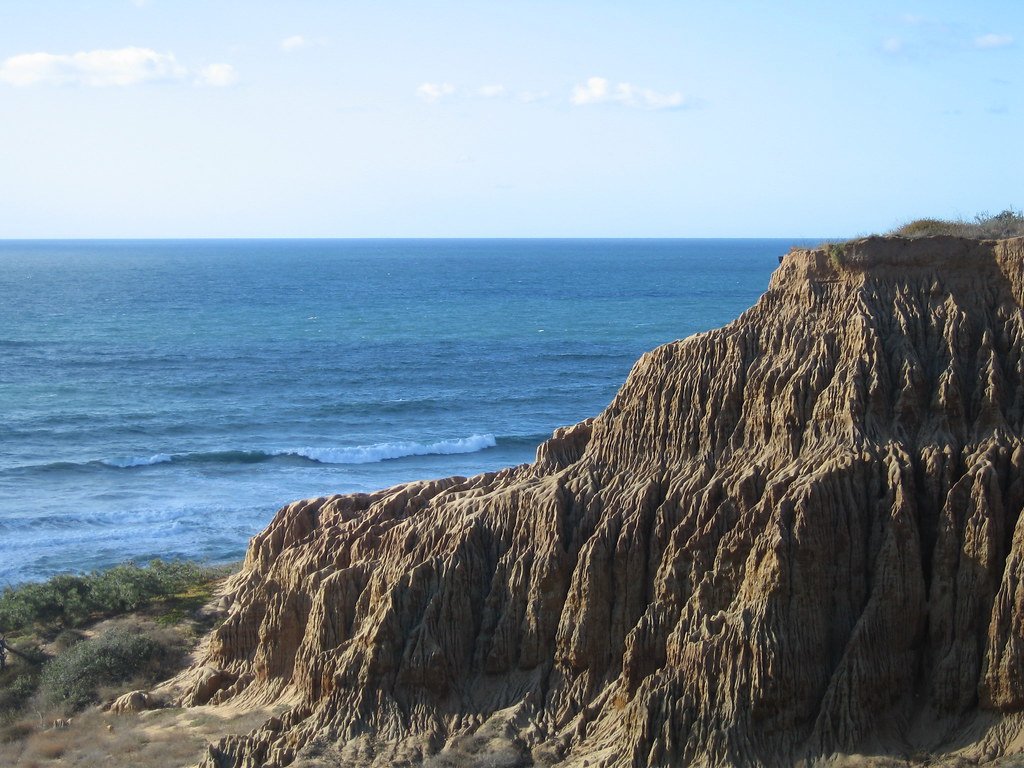
The striking shape of Mount Roraima isn’t just a fluke. Wind, rain, and rivers have gnawed at the ancient rocks for eons, eating away at the weaker layers while leaving the hard, resistant capstone intact. This process is called differential erosion, and it’s why the top remains flat while the sides are sheer and steep. Waterfalls spill from the summit, carving deep grooves and sending mist swirling into the valleys below. Over countless generations, this slow but steady work of erosion has transformed Roraima into the iconic tabletop mountain we know today.
Indigenous Legends: Mount Roraima in Pemon Mythology
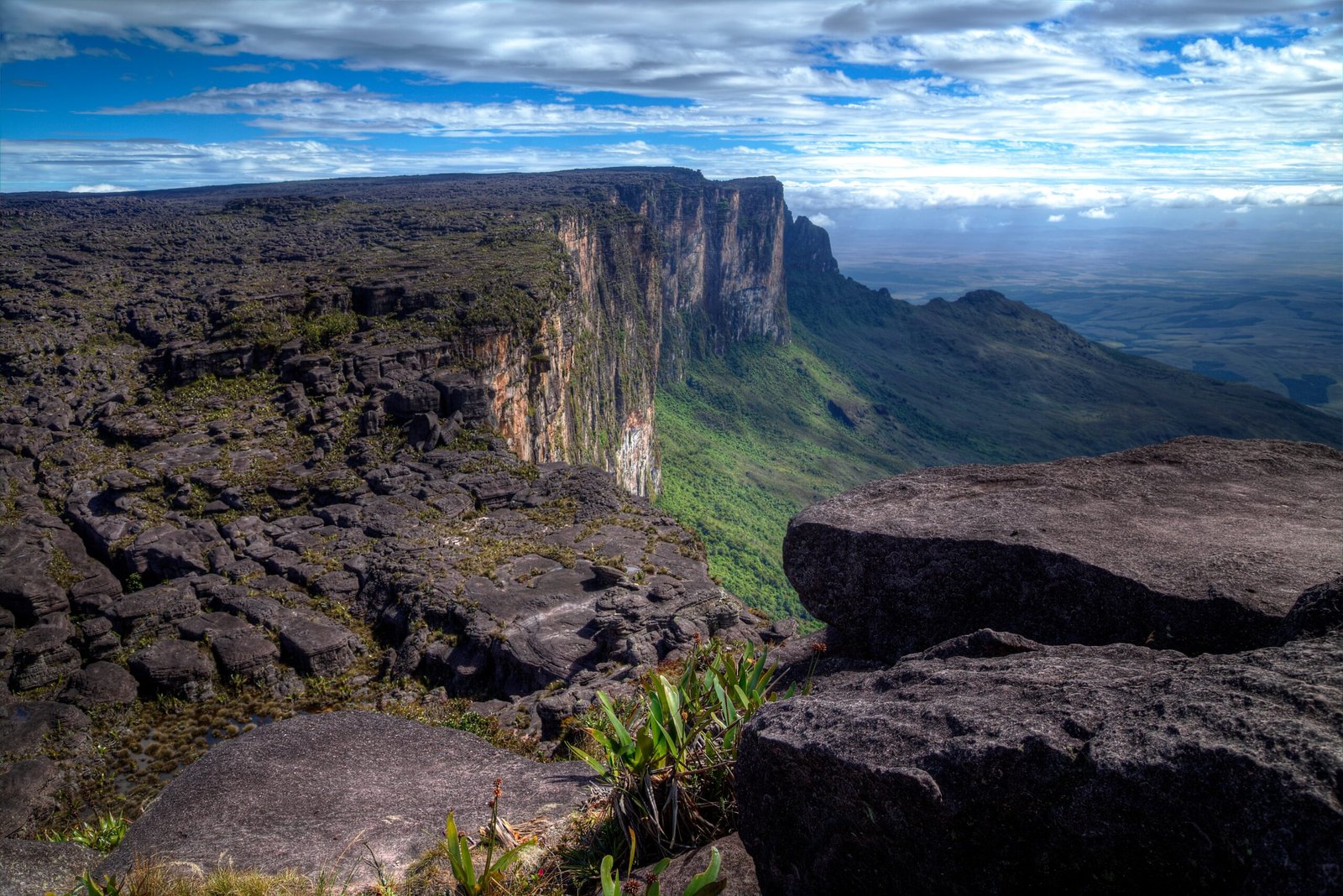
For the Pemon people, Roraima is much more than a geological oddity—it’s a sacred place steeped in legend. According to their stories, the mountain is the stump of a mighty tree that once held all the world’s fruits and seeds. When the tree was felled, a great flood followed, and the remaining stump became Roraima. The Pemon believe spirits inhabit the summit, and they approach the mountain with deep reverence and caution. These myths weave a sense of enchantment around Roraima, blending the natural world with the spiritual.
Inspiring “The Lost World”: Literature Meets Landscape

Mount Roraima fired the imagination of explorers and writers alike, most famously Sir Arthur Conan Doyle. After reading accounts from British explorers in the 19th century, Doyle used Roraima as the setting for his 1912 novel “The Lost World,” where dinosaurs and prehistoric creatures roam an isolated plateau. The mountain’s real-life remoteness and bizarre ecosystem echoed the book’s fantastical themes. Even today, when you stand atop Roraima and peer into the misty abyss, it’s easy to believe that something ancient and unknown waits just out of sight.
A Biodiversity Hotspot: Life on the Summit

Imagine walking across a landscape that looks almost alien—jagged rock gardens, strange pools, and stubby plants that exist nowhere else. The summit of Roraima is home to an astonishing array of endemic species, including rare orchids, insect-eating pitcher plants, and tiny frogs that hop between rain-filled depressions. Because the plateau is so isolated, plants and animals here have evolved in almost total seclusion. This “island in the sky” is a living laboratory for scientists studying evolution and adaptation.
Rare and Endemic Species: Nature’s Hidden Gems

Roraima’s summit hosts creatures found nowhere else on Earth. The Roraima bush toad, for example, is a tiny, jet-black amphibian that can roll into a ball to escape predators—a quirky adaptation to life among the rocks. There’s also the carnivorous Heliamphora plant, which lures insects with sweet nectar before trapping and digesting them. These rare species highlight the importance of protecting Roraima’s unique habitats, as even small changes could threaten their survival forever.
Climate on the Edge: Weather on Mount Roraima

The weather atop Roraima is as dramatic as its scenery. Clouds roll in almost daily, shrouding the summit in mist and drizzle. Temperatures swing from warm and sunny to chilly and damp within hours. Rainstorms are frequent, fueling the countless streams and waterfalls that cascade from the plateau. This ever-changing climate creates a stark contrast between the lush, humid forests below and the wind-swept, barren summit. It’s a place where you can feel the pulse of nature in every gust and raindrop.
The Waterfalls of Roraima: Rivers Dropping from the Sky

One of Roraima’s most breathtaking features is its waterfalls. Water from the frequent rains collects in pools atop the summit, then spills over the cliffs in long, shimmering ribbons. Some falls, like the Kukenán and Roraima Falls, plunge hundreds of meters before vanishing into the jungle mist below. These waterfalls nourish the forests at the mountain’s base and create a constant, soothing roar that echoes across the landscape. It’s as if the mountain itself is weeping with joy.
Climbing the Giant: The Route to the Summit

Reaching Roraima’s summit isn’t for the faint of heart. Most journeys begin in the village of Paraitepui, where guides lead trekkers through rolling savannah, dense rainforest, and across chilly rivers. The final ascent involves scrambling up steep, muddy trails and navigating slippery boulders. But the reward is immense: standing atop the plateau, surrounded by clouds and silence, you feel as if you’ve reached another world. Many say the climb is as much a journey of the spirit as of the body.
Challenges of Preservation: Protecting a Fragile Ecosystem

Despite its remote location, Roraima faces threats from tourism, mining, and climate change. Increased foot traffic can damage delicate plants, while illegal mining scars the landscape and pollutes streams. Conservationists work with local communities to manage tourism responsibly, educate visitors, and enforce protections. Efforts include limiting group sizes, building sustainable trails, and supporting Indigenous stewardship. Preserving Roraima isn’t just about saving a mountain—it’s about honoring the incredible web of life that flourishes there.
Scientific Research: Unlocking Evolution’s Secrets
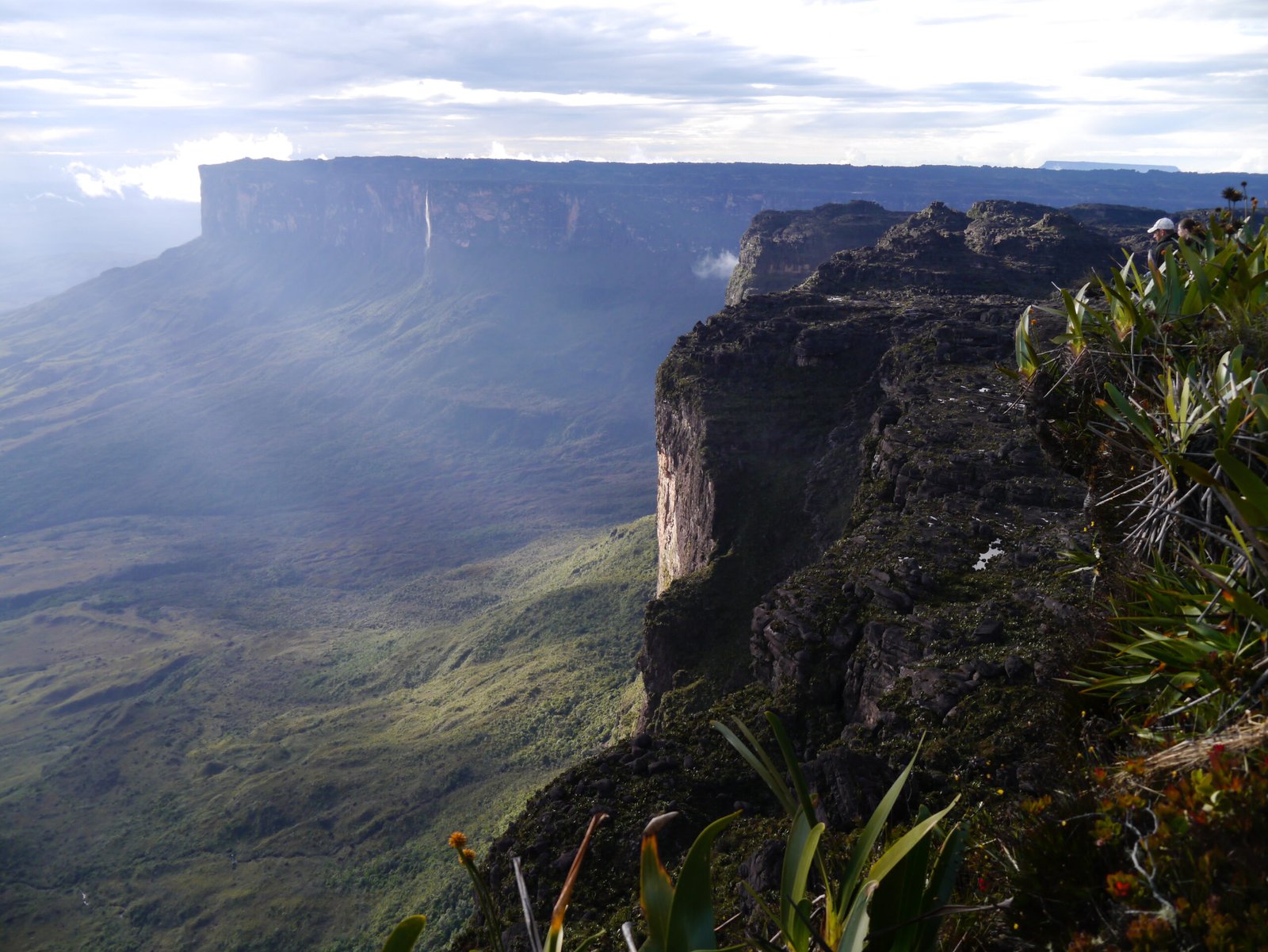
Scientists are fascinated by Roraima’s isolated ecosystem, which serves as a natural laboratory for studying evolution. By comparing species on the summit to those in the surrounding forests, researchers can trace how plants and animals adapt over time. Unique adaptations—like carnivorous plants and miniature frogs—offer clues to survival in extreme environments. Recent studies use DNA analysis and remote sensing to uncover hidden patterns, providing insights that go far beyond the mountain itself.
Mount Roraima’s Neighbors: The Other Tepuis

Roraima isn’t alone—hundreds of other tepuis rise across the Gran Sabana region, each with its own unique character. Famous neighbors include Kukenán Tepui, with its soaring cliffs and dramatic silhouette, and Auyán Tepui, home to Angel Falls, the world’s highest waterfall. These tabletop mountains form a network of isolated highlands, each hosting its own collection of rare species. Together, they make the region one of the most remarkable natural wonders on Earth.
A Photographer’s Dream: Capturing the Magic of Roraima

Photographers from around the world flock to Roraima to capture its surreal beauty. The interplay of light and shadow on the cliffs, the ever-changing clouds, and the stark contrasts between lush jungle and barren summit create unforgettable images. Many describe the experience as otherworldly—like standing on another planet. Whether at sunrise, when the rocks glow gold, or at sunset, when the sky blazes with color, Roraima never fails to inspire awe.
Ecotourism and Adventure: Experiencing Roraima Responsibly

Adventure seekers are drawn to Roraima for its challenging treks and breathtaking views. Responsible ecotourism is key to protecting the mountain’s fragile ecosystem. Local guides emphasize “leave no trace” principles, encouraging visitors to respect wildlife, minimize waste, and tread gently. Many tours include cultural exchanges with the Pemon people, deepening understanding and appreciation for the land. Choosing sustainable travel options ensures that Roraima remains wild and wondrous for generations to come.
The Enduring Mystery: Why Mount Roraima Captivates Us

There’s something about Roraima that stirs the imagination—maybe it’s the sheer scale, the legends, or the sense of standing on the edge of the known world. Even after centuries of exploration, the mountain holds secrets in its misty heights, inviting us to wonder what lies beyond the clouds. For scientists, adventurers, and dreamers alike, Roraima is a symbol of nature’s power to surprise and inspire. Its timeless beauty calls us to protect and cherish the wild places that still hold a touch of magic.
Reflections from the Summit: Lessons from a Lost World

Standing atop Mount Roraima, it’s impossible not to feel humbled by the age and grandeur of the landscape. The mountain reminds us of Earth’s deep history, of the delicate balance that sustains life, and of our own small place in the world. In a time when wild spaces are disappearing, Roraima stands as a beacon of hope and wonder. It urges us to explore, protect, and reimagine our relationship with the natural world.

